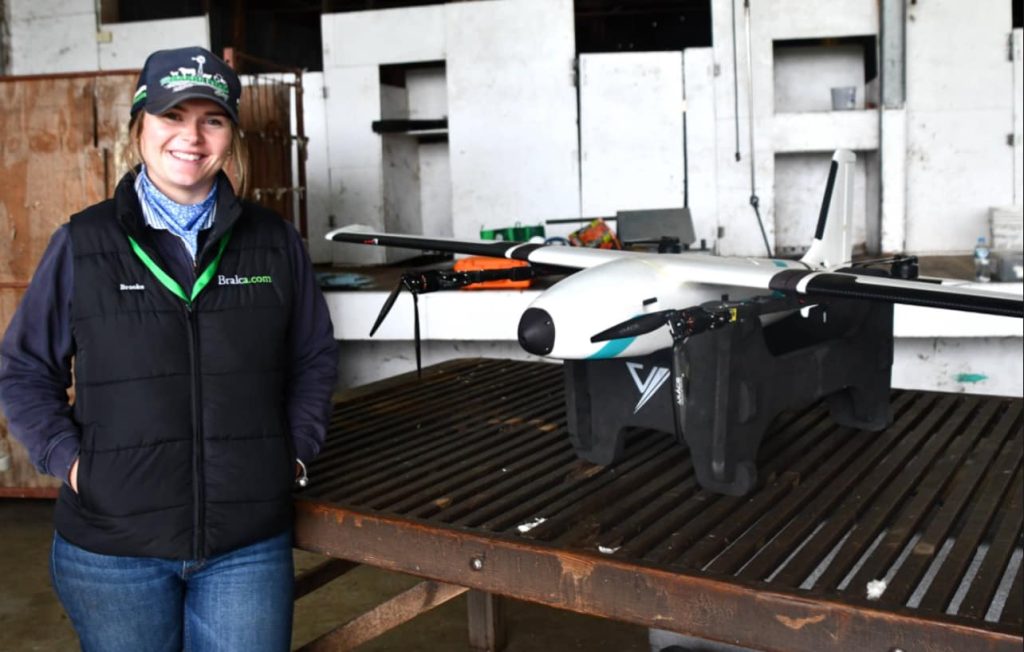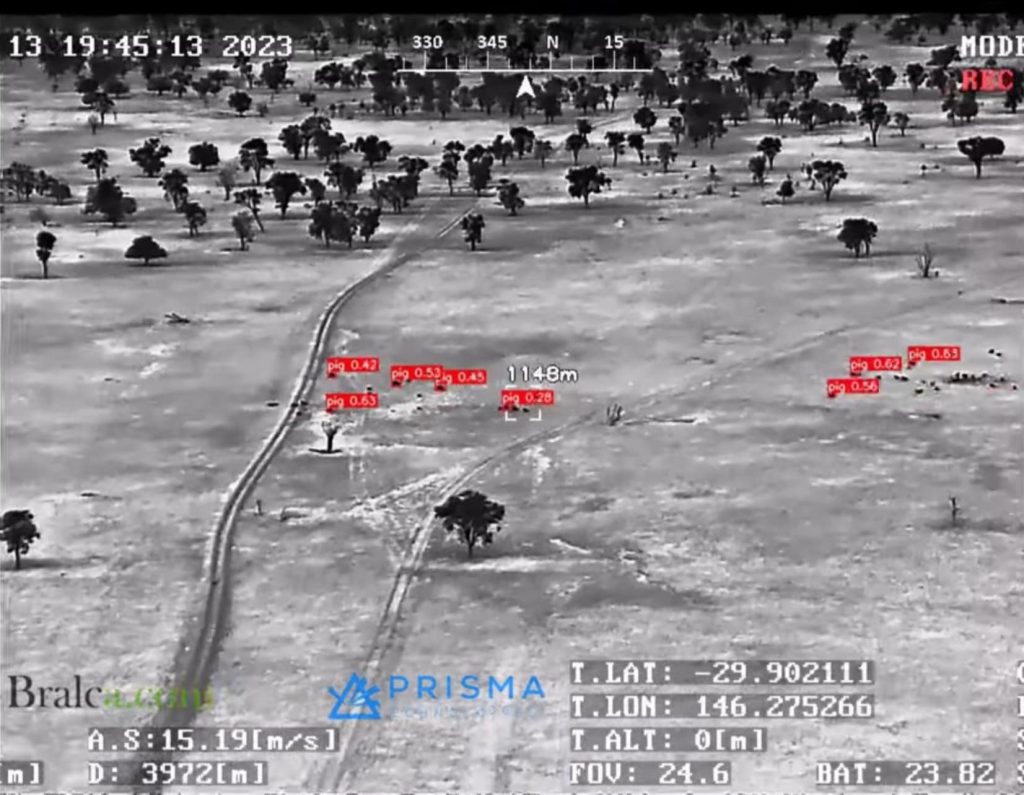Advances in drone technology offer livestock producers and landholders more significant data on pastures, water and land management and, importantly, a better idea of the burden feral animals impose on their properties.
One of the presenters at the recent MerinoLink seminar at Bathurst, Ben Watts, Bralca, Molong demonstrated his cutting-edge drone, the Griffin Pro, manufactured in Europe by ARACE.
Mr Watts said the drone is a multi-platform device that can provide high-resolution maps and, during winter's shorter daylight hours, cover between 800 and 1600 hectares in a day. It can create a GPS (global positioning system) survey plan and is accredited by CASA (the Civil Aviation Safety Authority) for night flights.

"In the summer, when days are longer, it can cover much more of the country," Mr Watts said.
"Its capacity to find and map feral animals is a game changer," he added.
Mr Watts said flights over properties during daylight are generally ineffective in spotting feral pests as they are laid up and resting.
"During the night, you will see 80 per cent more pigs and deer with the drone's infrared eye.
He said the drone had greater staying power; it could fly for two-and-a-half to three hours in one flight before returning to base for new batteries, a significant advantage over smaller drones.
He added that it also has a high-resolution zoom optical lens that provides a "high-quality target acquisition" at a GPS location. This information can be transmitted in real-time to a ground operator with a tablet who can go to the coordinates with a firearm and carry out the culling.
When the drone returns to the base to have new batteries fitted, a card with captured images can be downloaded using a portable StarLink satellite internet connection and saved straight into the cloud.
"We can then provide our data to the client in real-time," he said.
Another highlight of the Watts drone is the low noise levels. This means you can observe flighty animals like pigs and deer without disturbance.
"It's sub-audible at 120 metres.
"Video footage if the animal is walking away (from the approaching vehicle) is really useful."

Crop and pasture health observation and management are other tools for the Watts drone's use.
Mr Watts said the inexorable spread of pasture dieback, among other agronomic issues can be observed with the right instructions provided to the drone's technological software.
The Bathurst conference was run by MerinoLink Limited, which is a not-for-profit organisation that aims to facilitate the link between sheep growers, service providers, and information, knowledge, and research.
Link to Original Article
By Simon Chamberlain - Journalist


